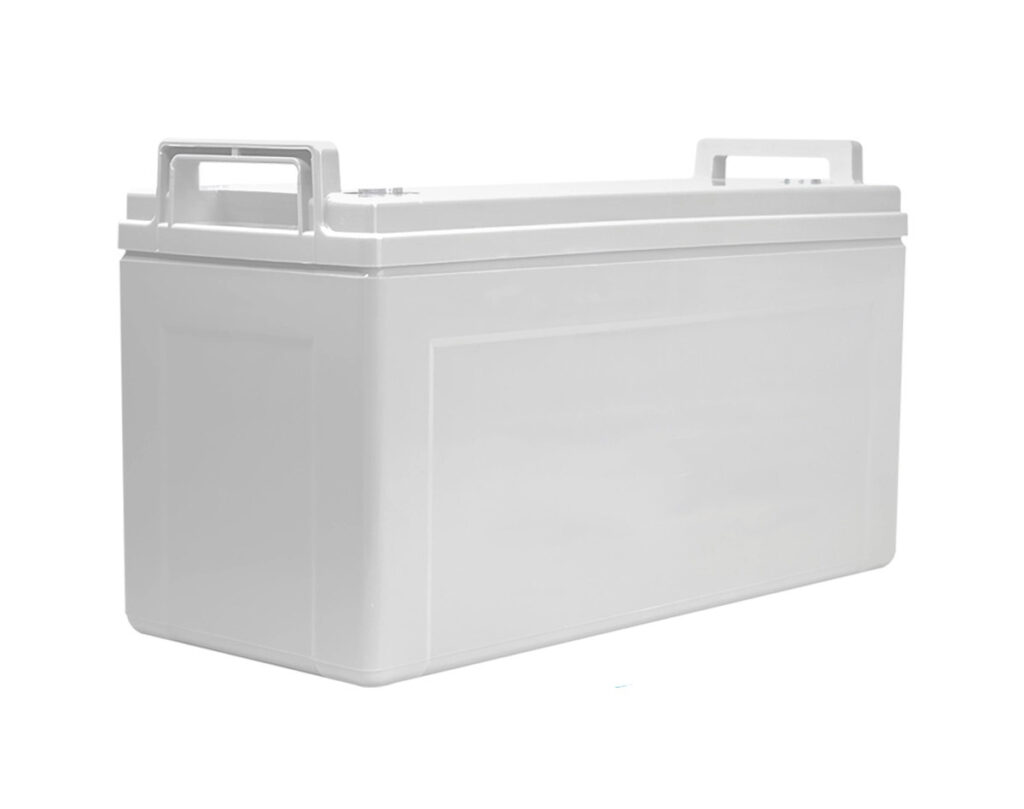The production of OPzV lead-acid batteries requires not only precision but also a deep understanding of the materials and processes involved. This article highlights the critical factors that manufacturers must consider during the production cycle.
Material Selection
High-purity lead and silica gel are the cornerstones of a reliable OPzV battery. Impurities in raw materials can lead to performance issues and reduced lifespan. Manufacturers invest heavily in sourcing and testing these materials to ensure consistency.
Process Control
Consistency in manufacturing processes is key to achieving high-quality batteries. This includes maintaining precise temperatures and humidity levels during plate curing and ensuring even electrolyte distribution during filling. Advanced automation and monitoring systems are often employed to reduce human error.
Design Optimization
The tubular plate design of OPzV batteries is crucial for their longevity and deep-cycle capability. Manufacturers continually refine this design to improve efficiency, increase capacity, and reduce material waste.
Environmental Compliance
Lead-acid battery production involves hazardous materials, making environmental compliance a critical consideration. Manufacturers must adhere to strict regulations regarding emissions, waste disposal, and workplace safety.
Innovation and R&D
Research and development play a pivotal role in the advancement of OPzV technology. Innovations such as improved separator materials, advanced gel formulations, and enhanced plate structures contribute to better performance and sustainability.
In conclusion, producing OPzV lead-acid batteries is a sophisticated process that demands careful attention to detail. By focusing on material quality, process control, and innovation, manufacturers can deliver batteries that excel in reliability and performance.


